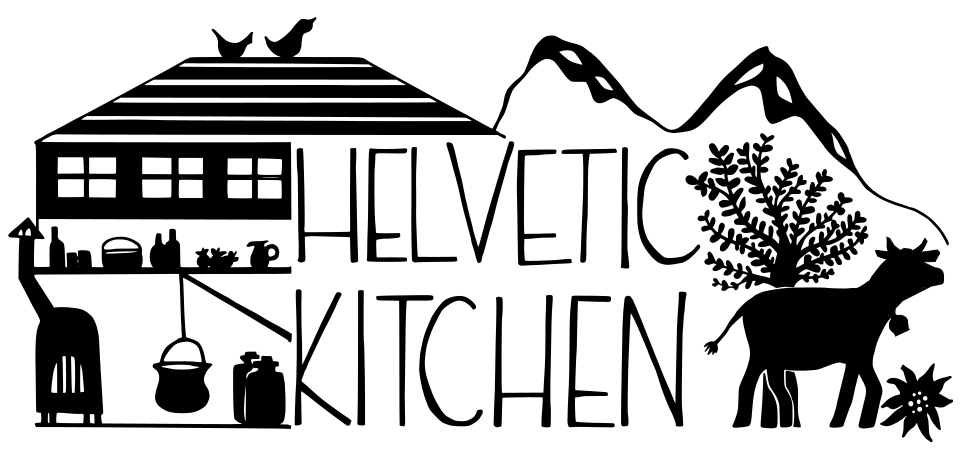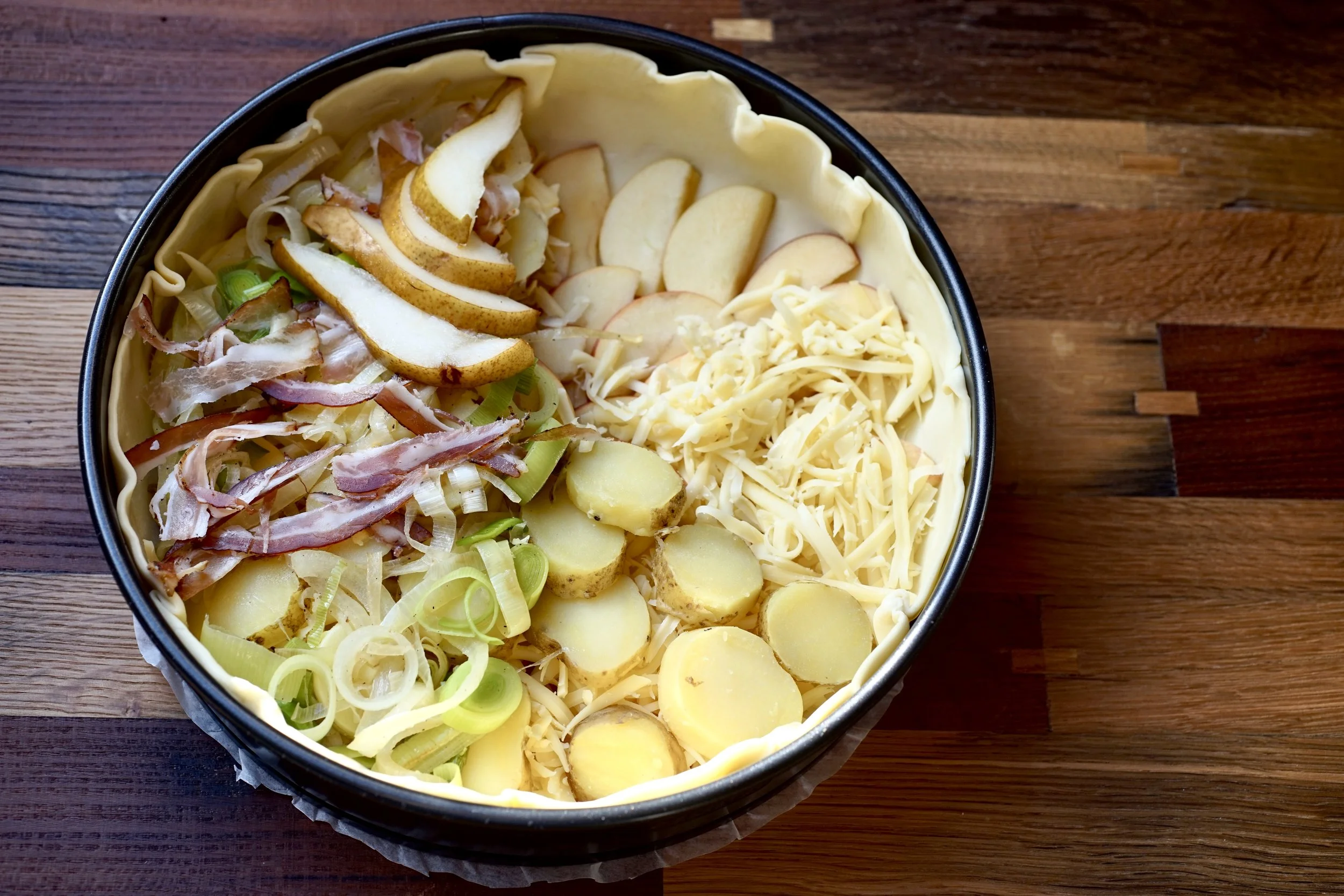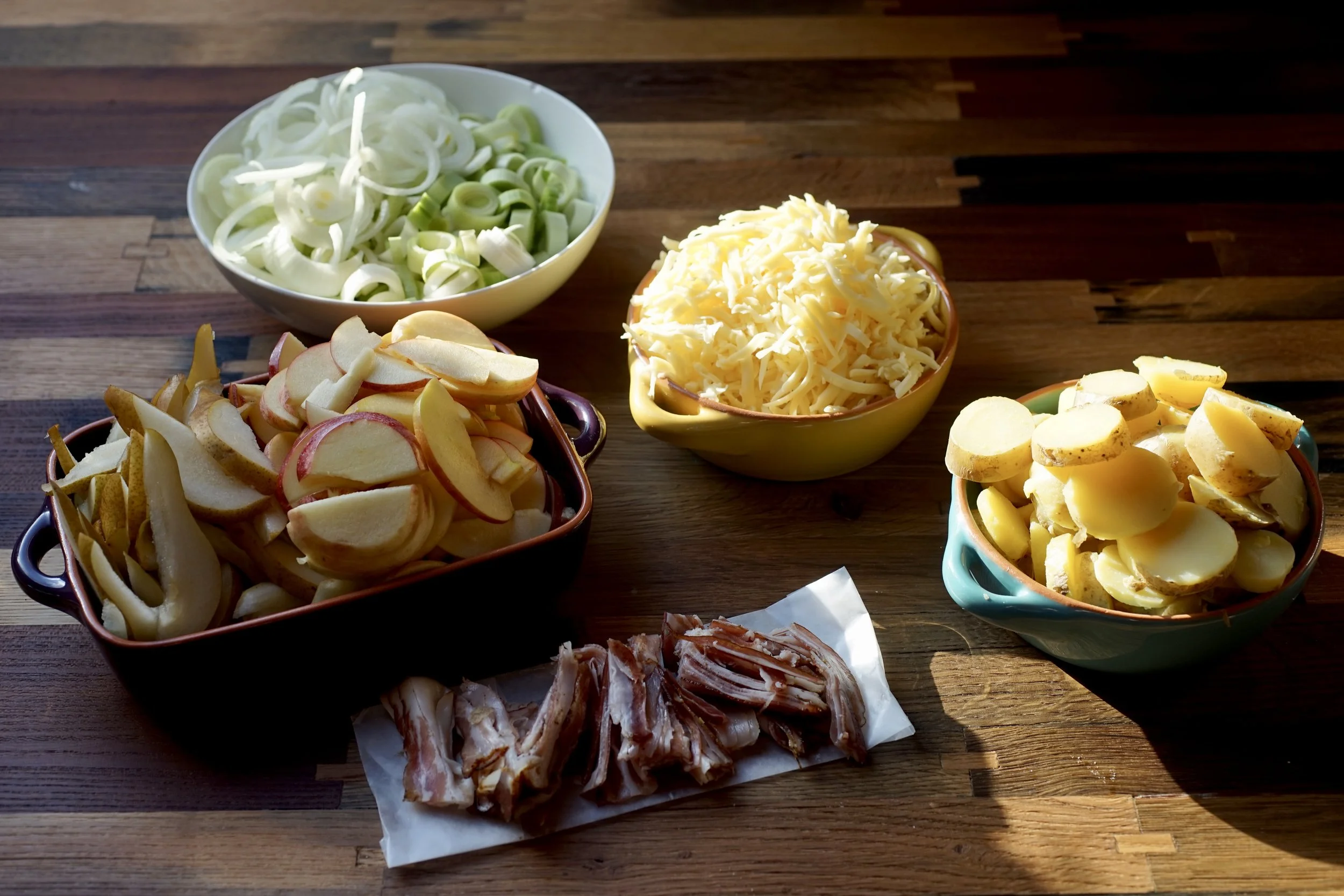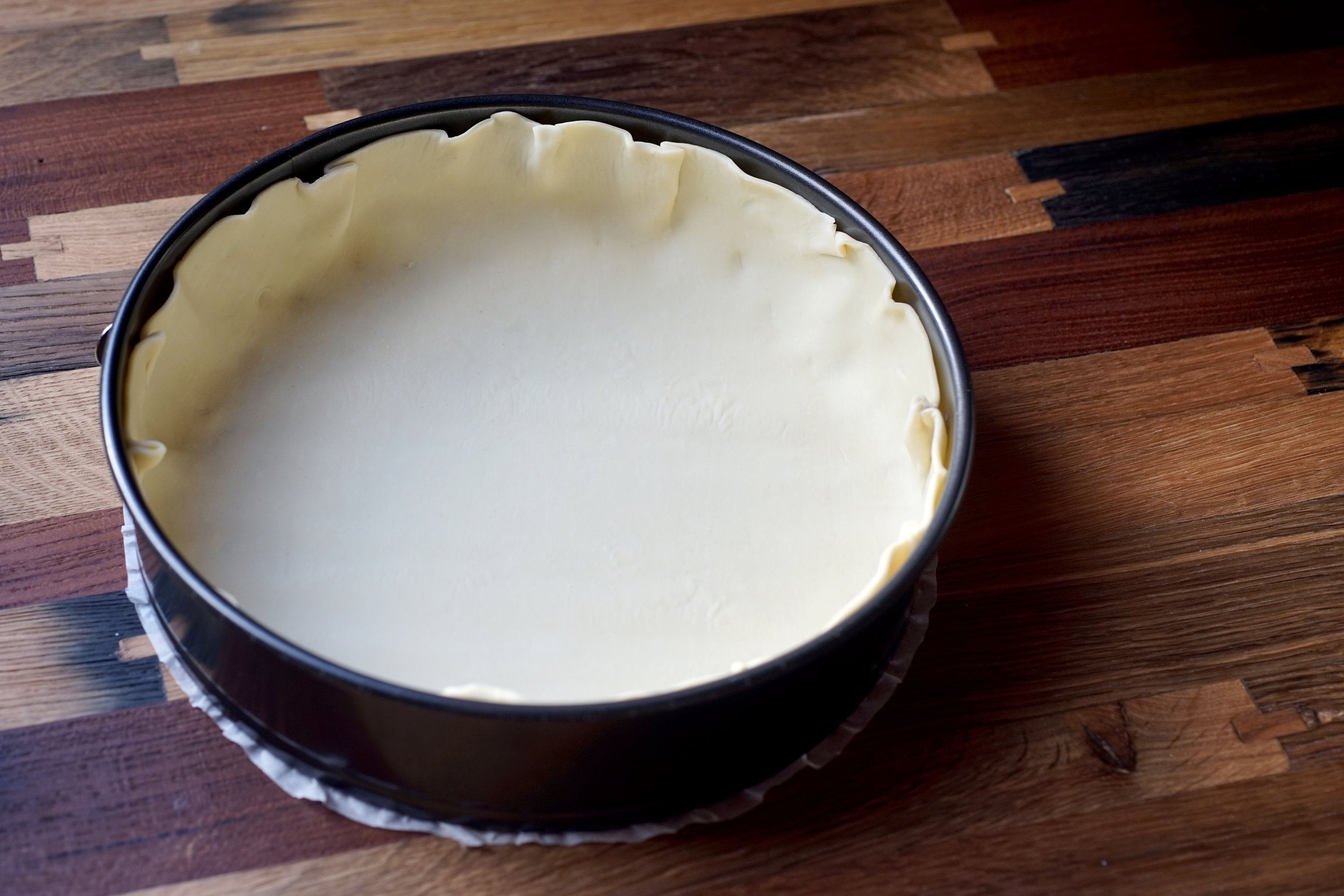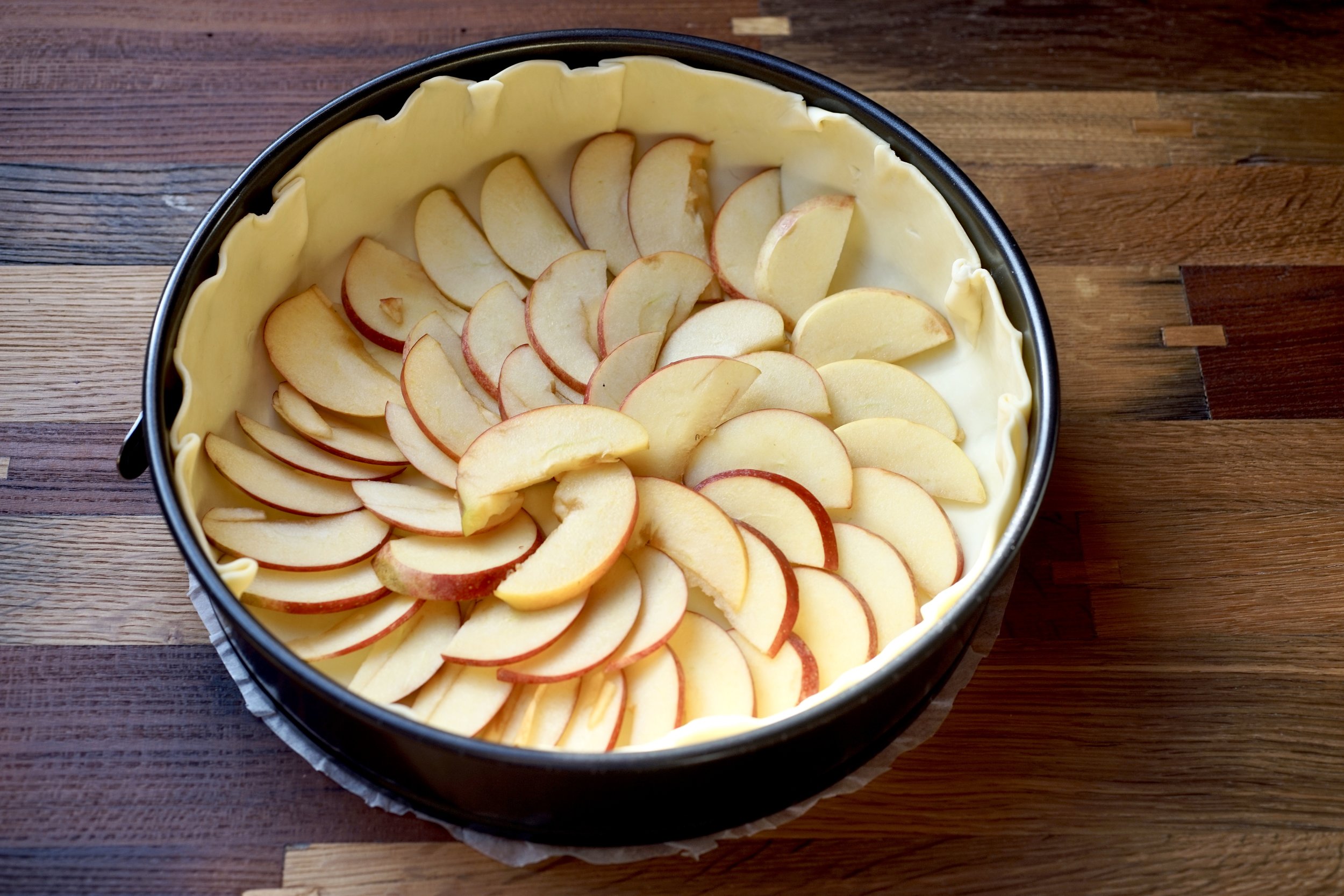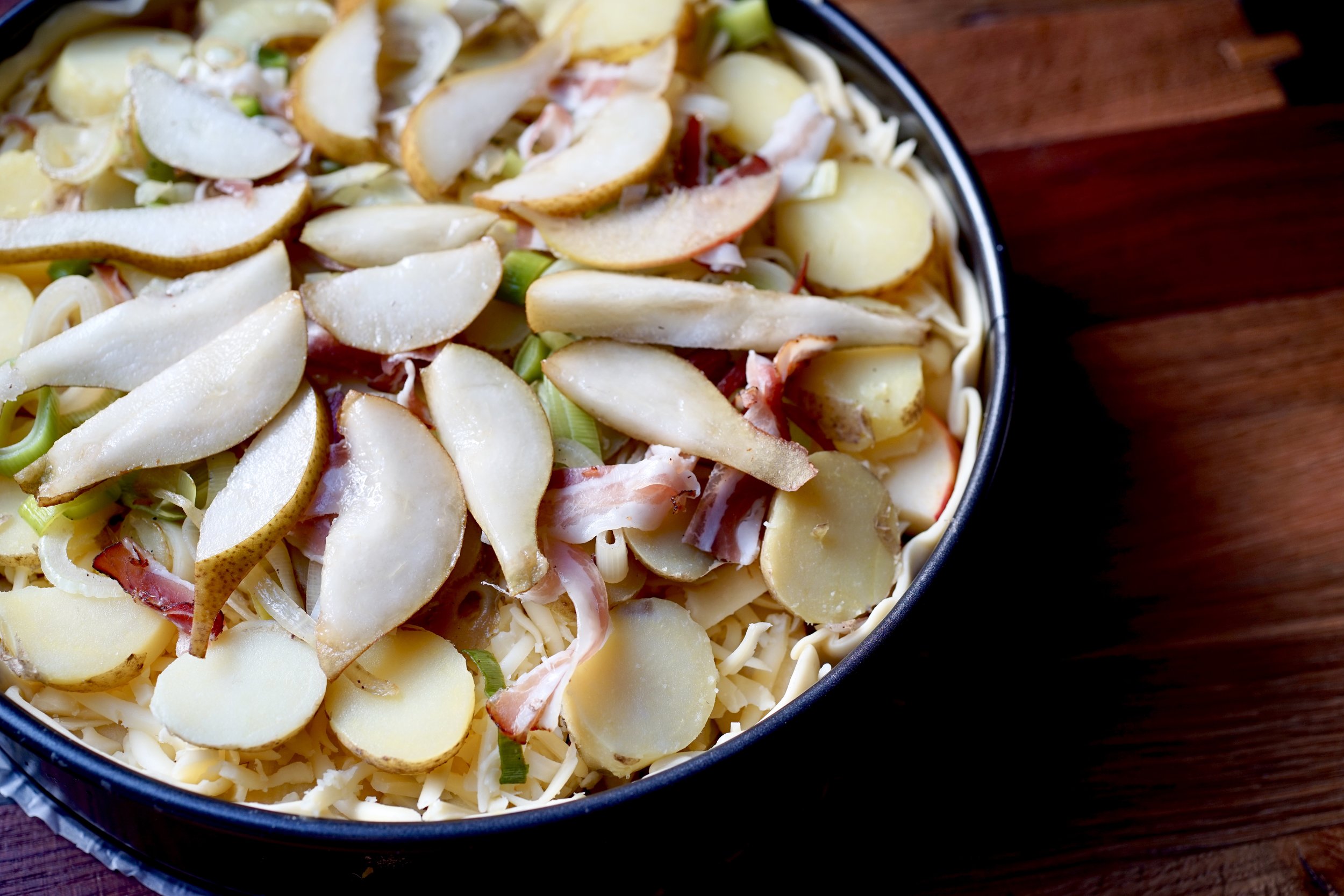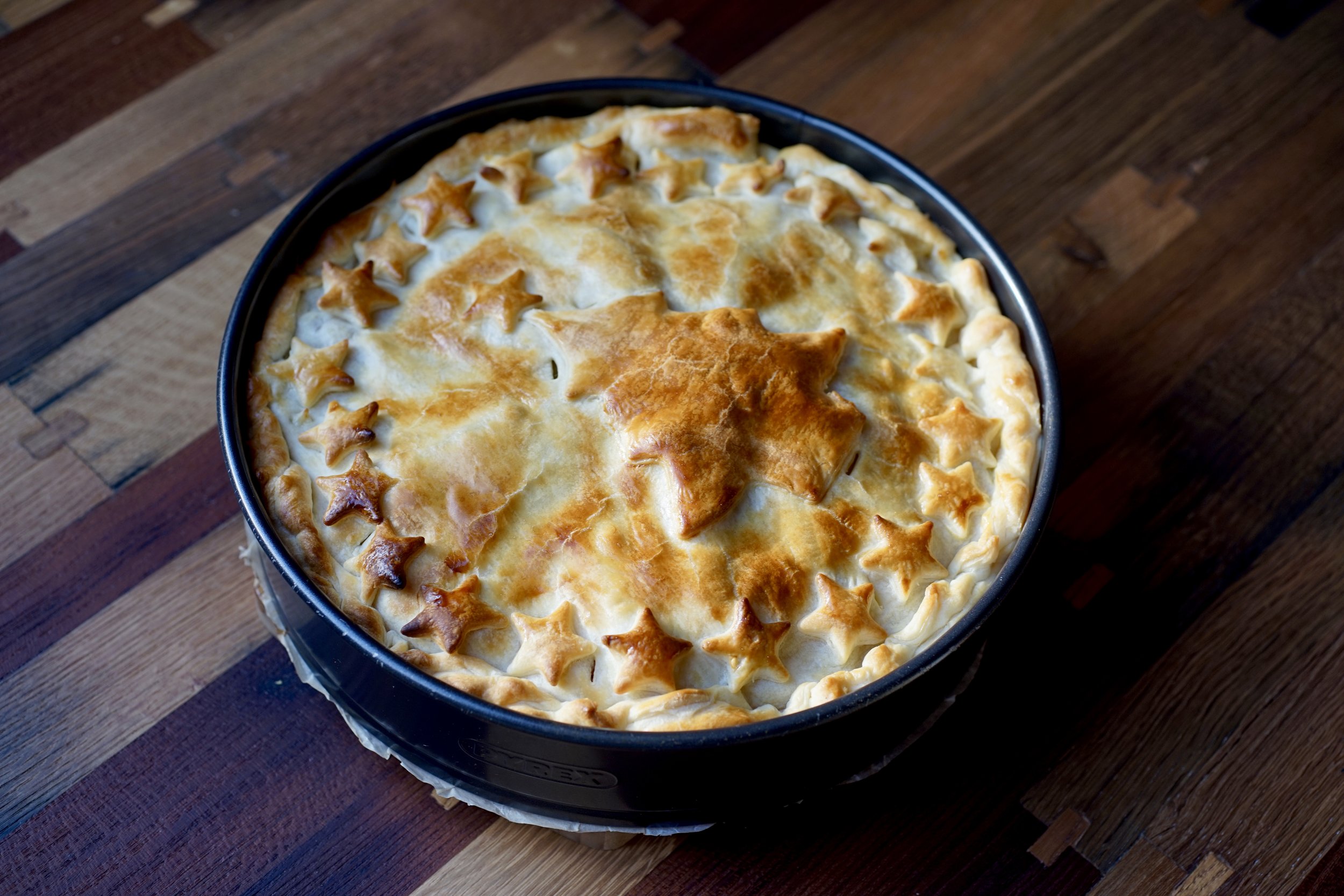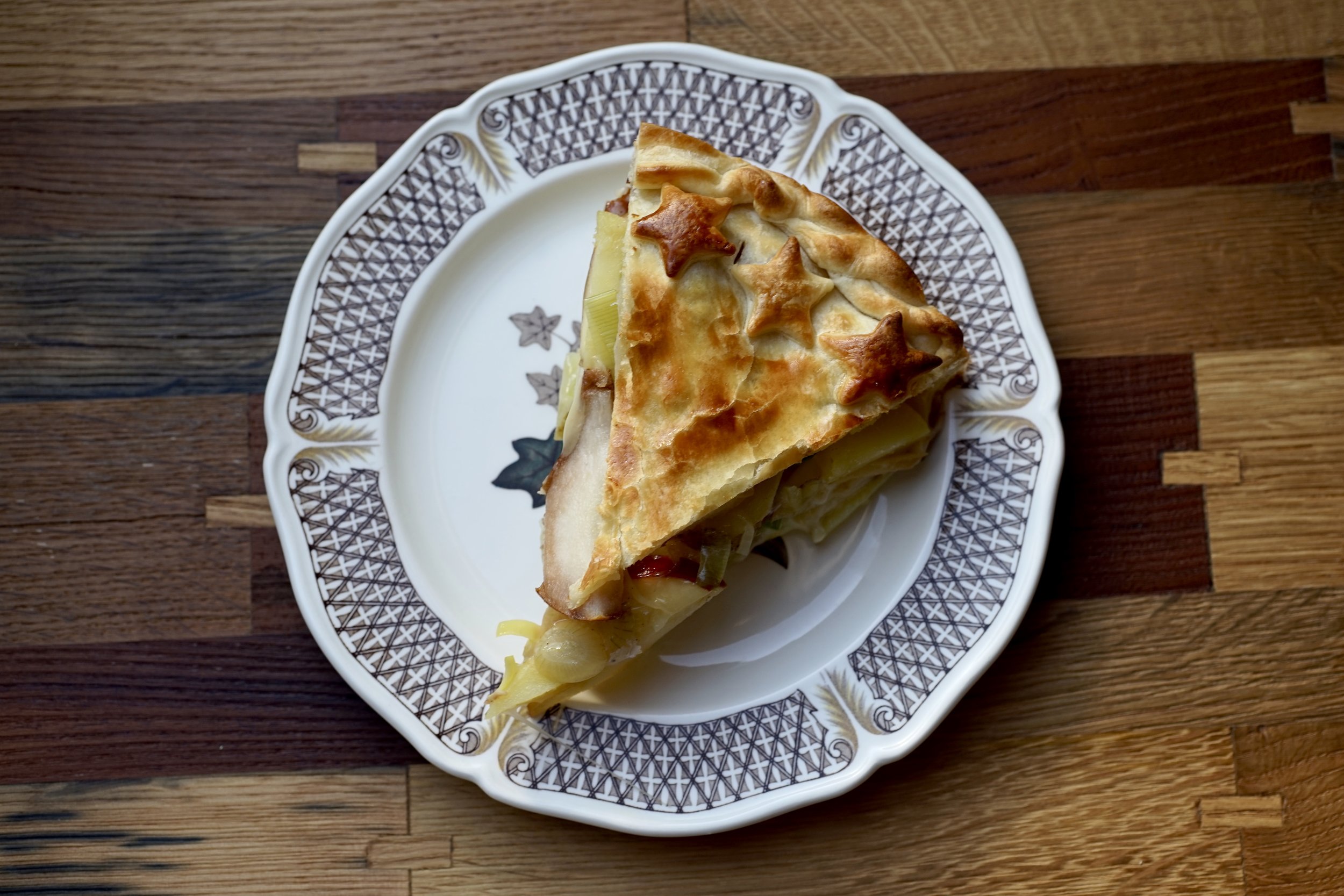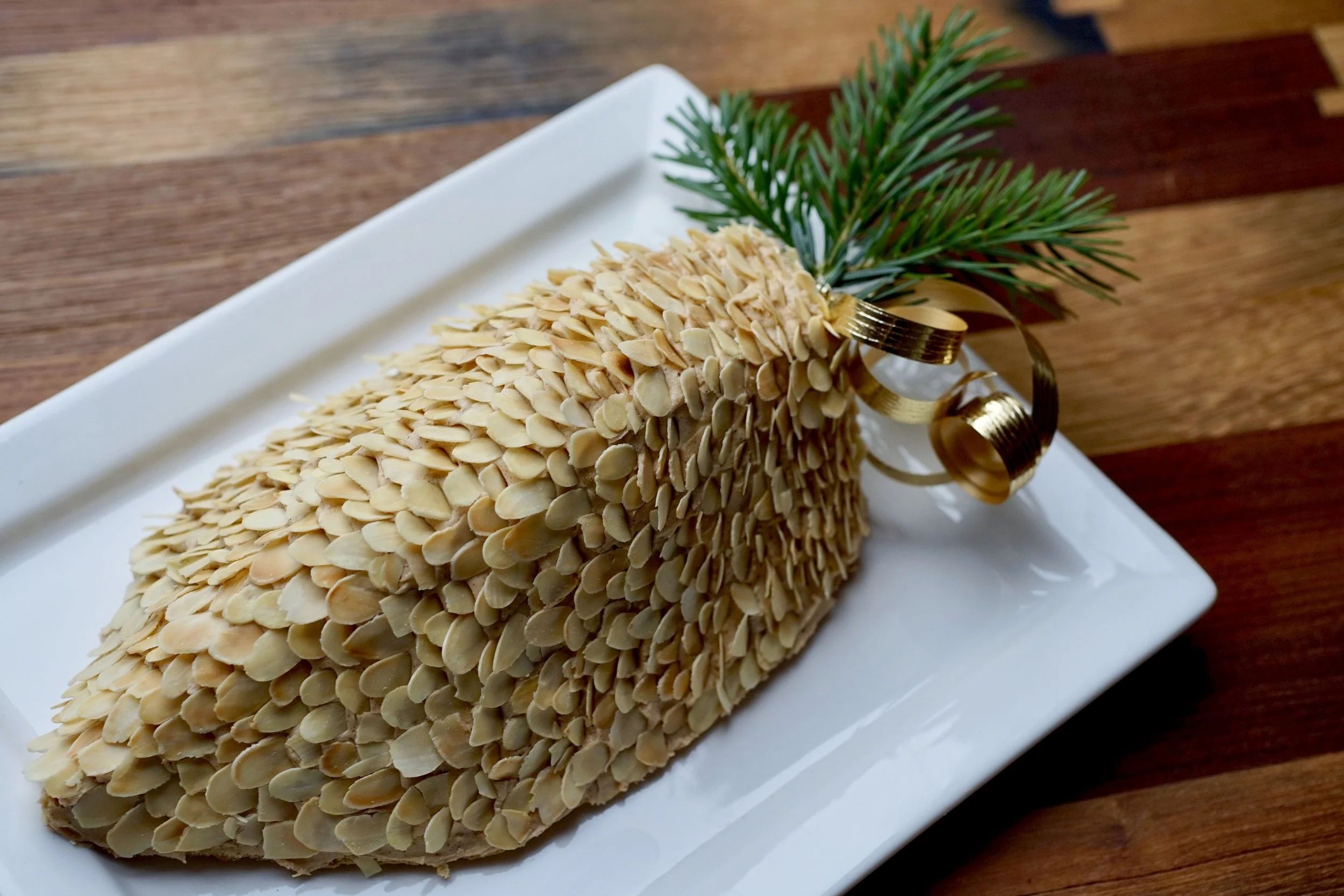Walliser Cholera
I never imagined that an elderly man in a Stetson would steal my husband's heart.
Art Furrer, Swiss Ski Legend
In the middle of November, Sam took a snowy trip to the Wallis for work. It was a team camp and his company put them up in an abandoned (well, off-season) resort hotel waaaaay up in the mountains. They were the only guests of the hotel, and nearly the only people in the whole village.
Some of Sam's gorgeous pictures from the trip:

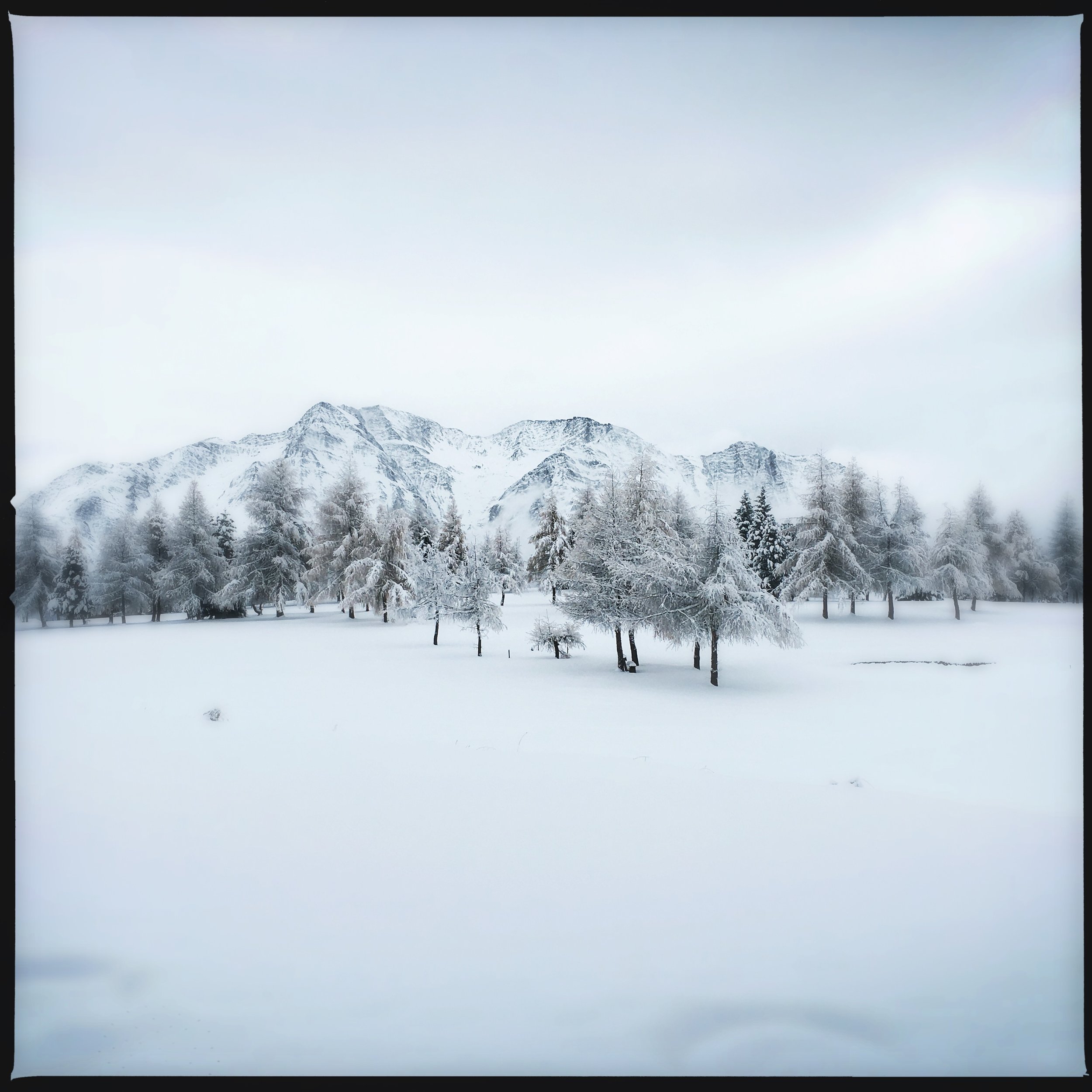
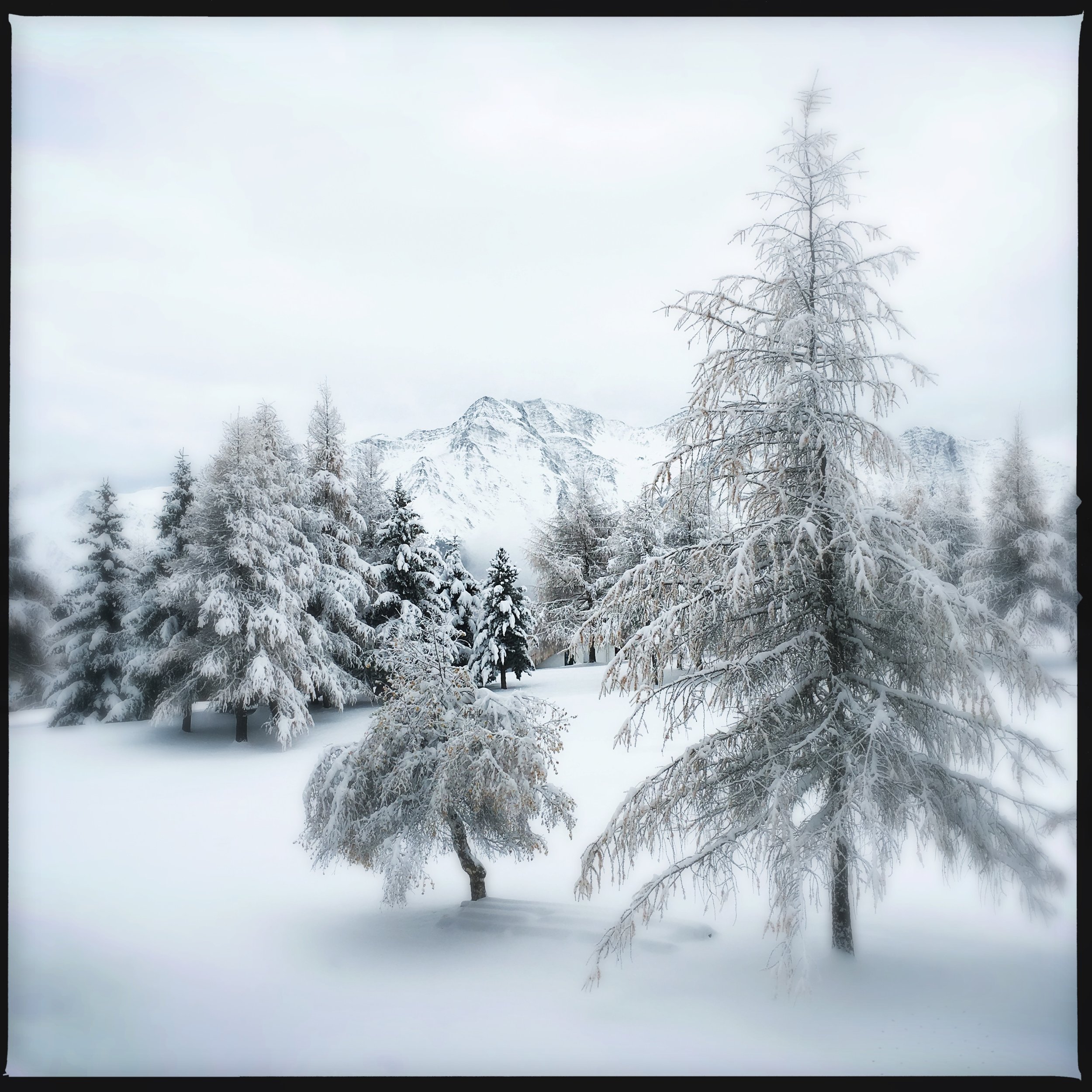
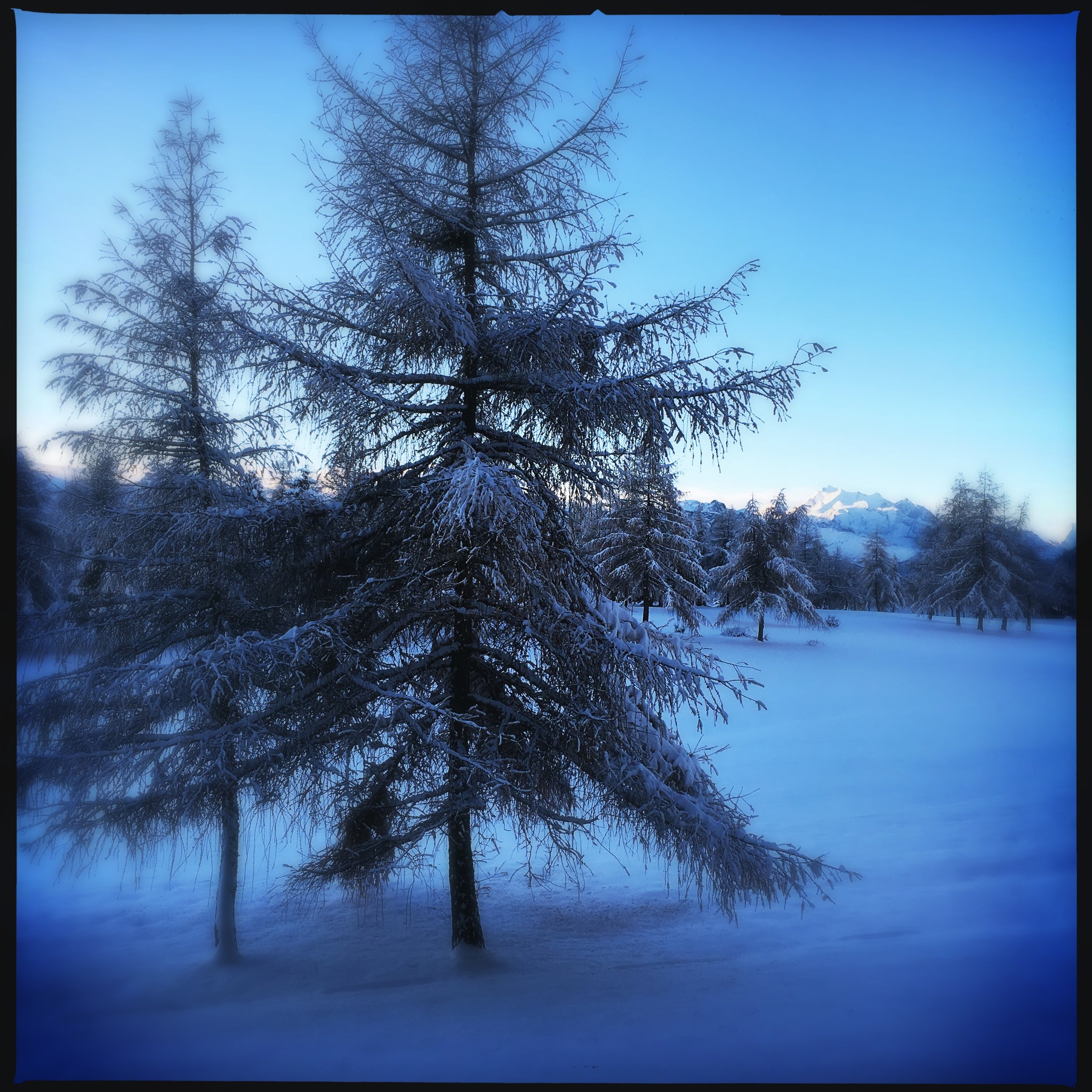
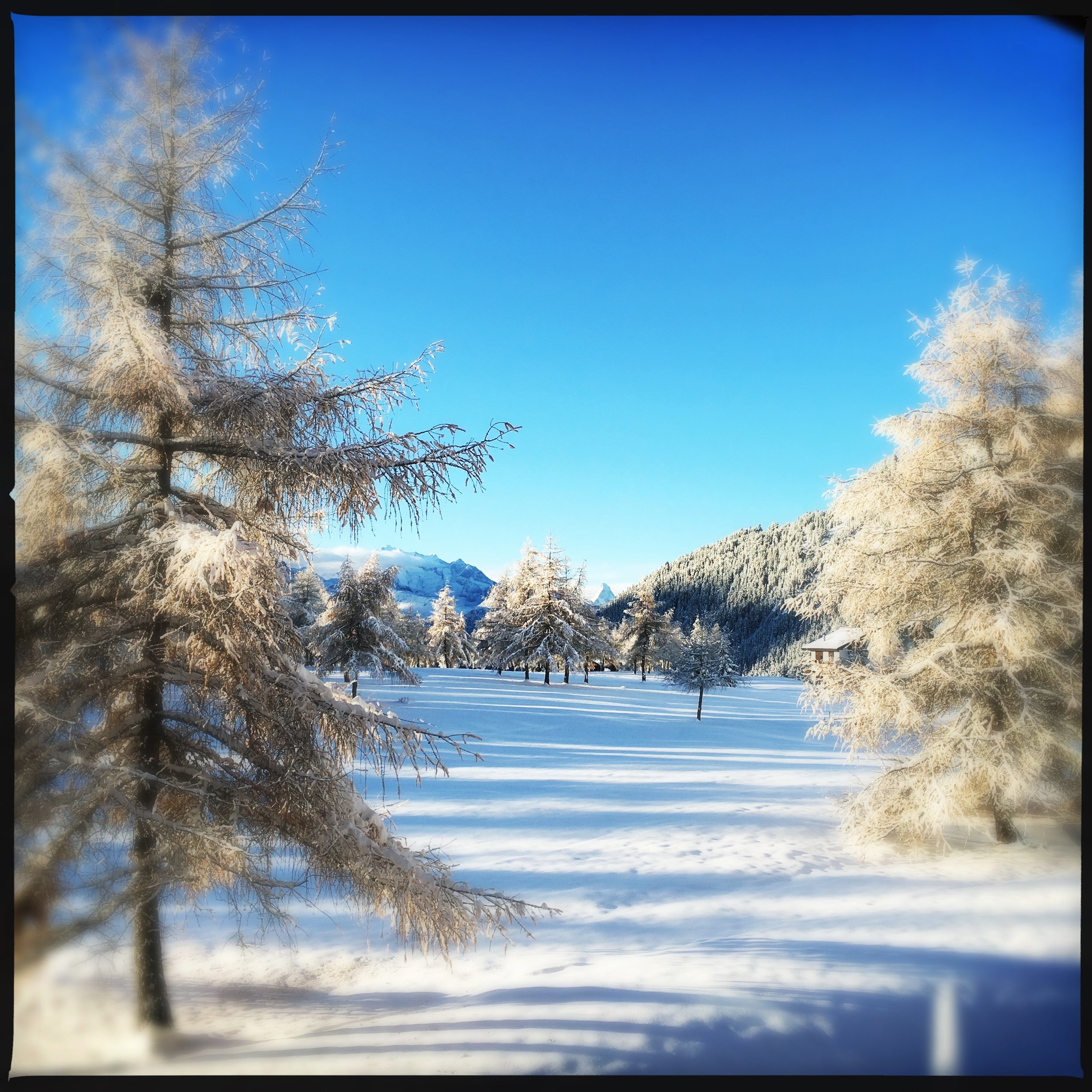
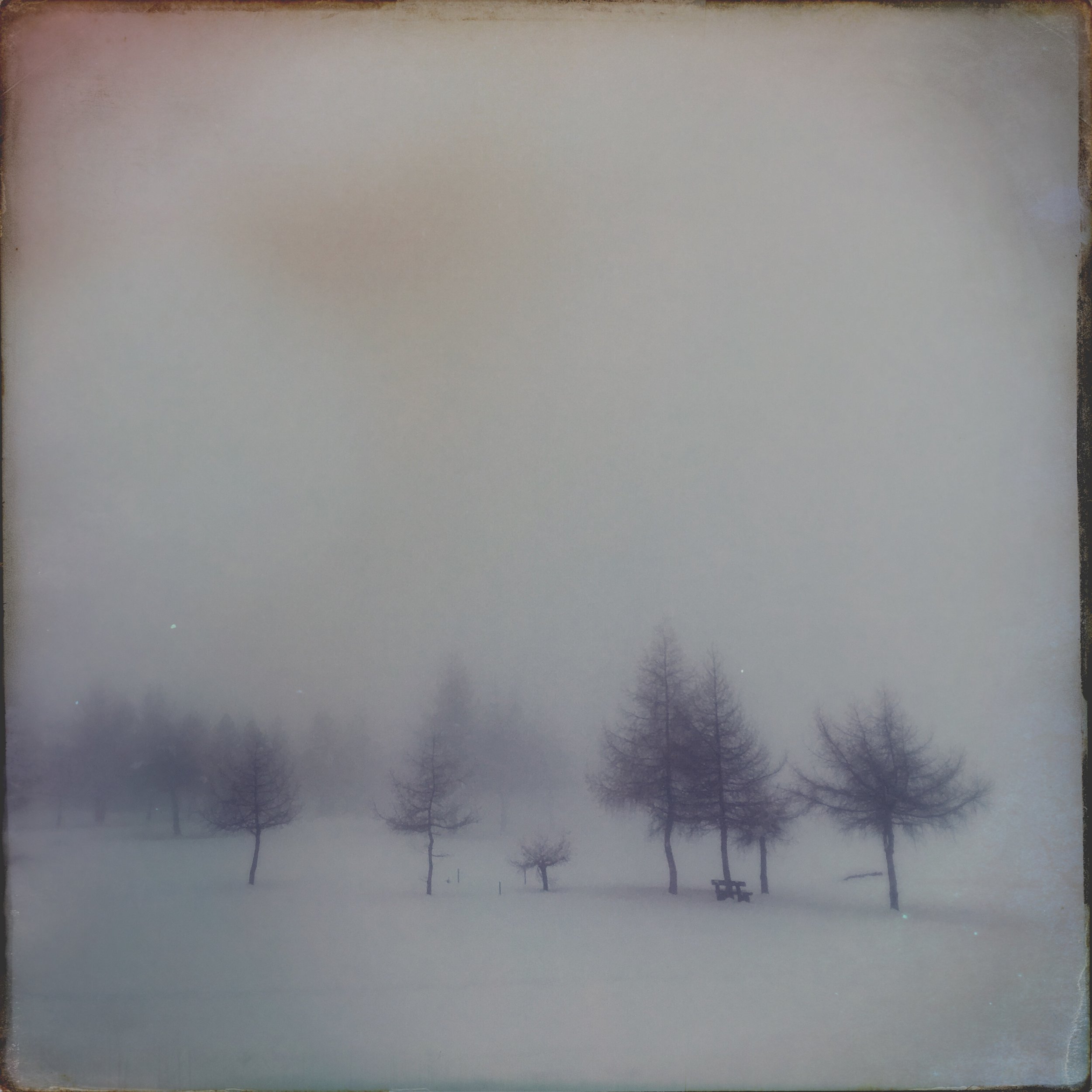
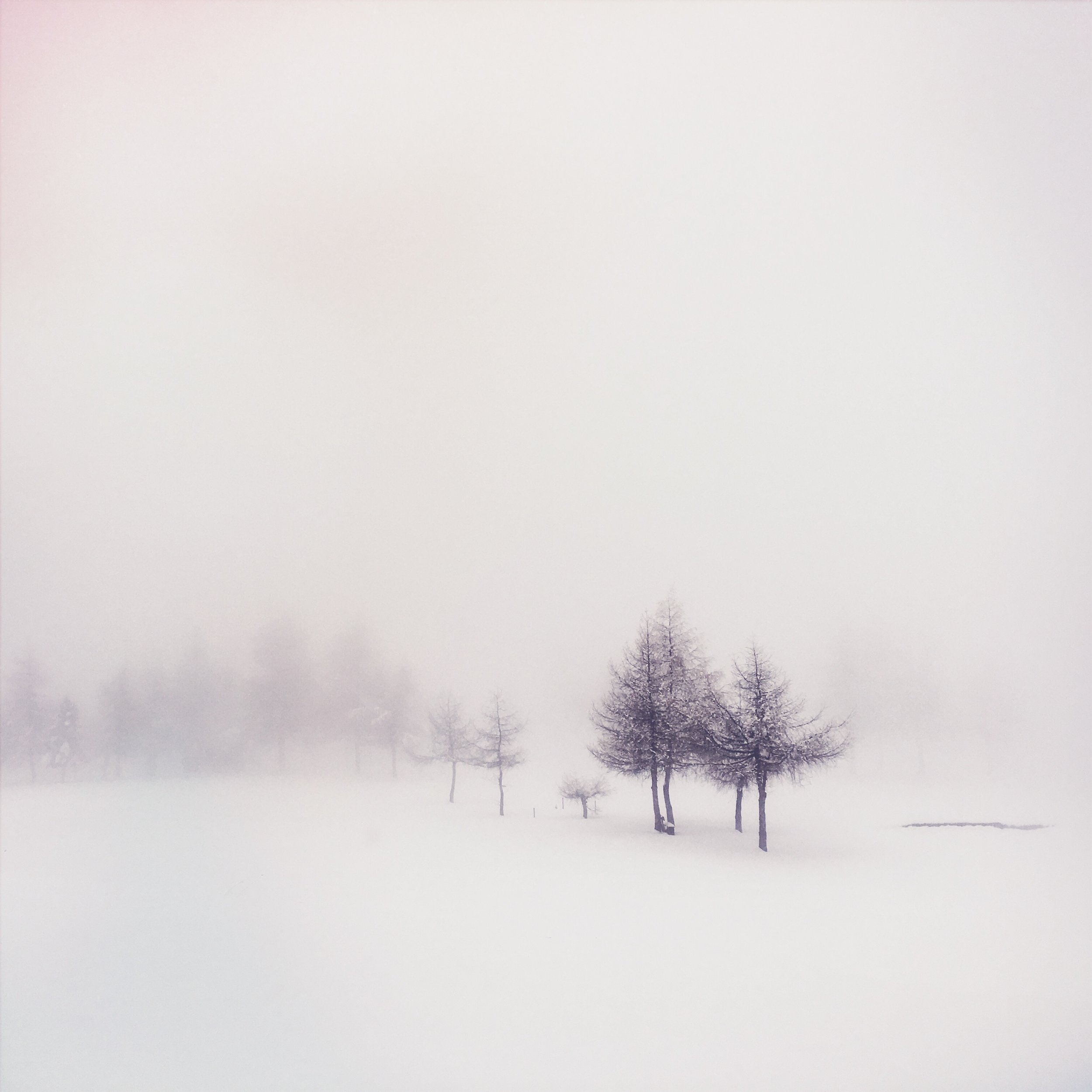
One night, I got a uncharacteristically enthusiastic call.
"We had a private wine tasting!"
"Did they send someone just for you? I thought you were the only people up there."
"It was Art Furrer! He owns the hotel! And he wears a Stetson!"
"Who?"
This man:
(The first part of the video shows a clip from Verstehen Sie Spaß, a German version of Candid Camera where Furrer pretended to be an American taking a ski lesson (the accent!), who'd never been on skis before and had accidentally rented an insanely long pair. Hijinks ensue. The second part shows Furrer, 80, on the super long skis again, doing flips.)
"We even ate his mum's Cholera!"
Now I'd been meaning to make Cholera for ages, ever since my friend Friedrich had suggested the Walliser dish as a possibility for a blog post. So when Sam sent me the recipe for Art Furrer's mother's Walliser Cholera it seemed that the time was right.
Walliser Cholera, what's in a name?
There is a persistent rumour that the dish is indeed named for the disease Cholera, after a particularly bad outbreak in the 1830s. People in the Wallis stayed home to avoid contamination and were forced to use things they already had in their larder and gardens to feed their families.
More likely, however, is that it's named after the glowing coal in the fireplace where the pan would have sat to bake. The word coal in High German is Kohle, but in the Walliser dialect Chola or Cholu. Another possibility was the part of the Backhaus where they stored the coals, known as the Cholära, and possibly where the dish rested before being baked.
Walliser Cholera, what's inside?
Its flaky pastry exterior holds apples, cheese, potatoes, onions, leeks, bacon, and pears. Seen as a way to use leftovers (like extra Gschwellti (boiled potatoes) from your raclette), and not really held to any strict rules about what and how much goes in (as many versions as there are grandmothers in the Wallis etc.) it is an easily customizable, delicious and filling dish.
We ate ours with our friends Carmen and the aforementioned Friedrich, who grew up in a dairy and can't stomach the taste of cheese. So I quite easily made him his own mini pie sans fromage. Same can be done for vegetarians, just omit the bacon.
Friedrich's mini cheeseless Cholera
Art Furrer's mum Marie says that you can use regular pastry like Kuchenteig, or puff pastry (Blätterteig), which I used here, and it produced a divinely flaky crust. I like her inclusion of pears and bacon, which you don't see in every recipe. She suggests drinking the Cholera with a Walliser Heida or Pinot Noir. Her recipe from an old Coop magazine here.
2 packages puff pastry (see note below)
knob of butter
300 g onions, chopped
300 g leeks, in rings
nutmeg, salt and pepper
300 g bacon, sliced
250 g apples, thinly sliced
250 g pears, thinly sliced
700 g raclette cheese (or other hard cheese), grated
800 g small boiled potatoes, thinly sliced
1 egg
Preheat the oven to 180 C / 350 F / gas mark 4.
Line the bottom of a 28 cm (11 inch) springform pan with parchment paper.
Line the pan with one package of dough. Keep the tart shell cool (preferably in the freezer) until you have the filling ready.
In a medium pan, melt the butter until spluttering. Add the leeks and onions and fry for about 7 minutes or until softened. Season with salt, pepper and nutmeg. Remove from pan and let cool. Using the same pan, quickly fry the bacon until it is a bit crispy. Let cool.
Now for the filling. According to Marie Furrer, you should fill the pie in layers and the order should be as follows:
apples
cheese
potatoes
onions and leeks
bacon
pears
Although it depends on how thinly everything is sliced, you should be able to get in at least two sets of layers. You can lightly nutmeg, salt and pepper some of the layers as you add them, according to your taste.
Once you run out of filling, or make it to the top, cover with the second package of puff pastry and seal the edges well. Using any leftover dough, cut out some shapes to decorate the lid.
In a separate dish, whisk together the egg and a pinch of salt, then brush the top of the pie.
Bake for about 30-40 minutes, or until the top is golden.
Two packages of rolled puff pastry (around 270g each) should do the trick—use one package for the base and the other for the lid. You need a total of around 500-600g puff pastry to line and cover a 28 cm pan. Any leftover pastry can be used to make decorations for the top.
The kind of potatoes that you would use for Gschwellti (the little boiled spuds that accompany raclette, fondue or chäs) work well here, and are easy to grate after a night in the fridge.
Art Furrer's mum says you can leave the skin on the apples and pears. I trust Walliser Grandmothers.
I actually used Bauernspeck that does not need to be cooked first, so I skipped the frying part.
Some more mountain fare?
Capuns

